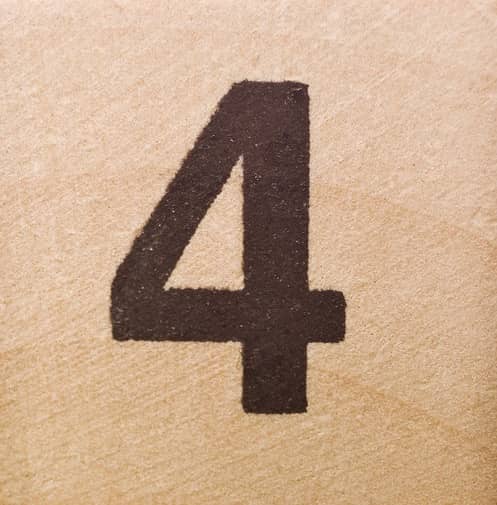Lord of the Flies by William Golding is a classic novel that has captivated audiences for decades. The novel’s enduring popularity can be attributed to its rich themes and insightful commentary on human nature. One of the ways that Golding brings these themes to life is through the use of symbols. So, what are 4 symbols in Lord of the Flies?
This article will examine four of the most important symbols in Lord of the Flies: the conch shell, the beast, the signal fire, and the pig’s head on a stick. These symbols serve as powerful tools for exploring the novel’s central themes and characters, and they play a crucial role in helping deepen our understanding of the human condition. Whether you are a long-time fan of the novel or a newcomer to the story, this article will provide a new lens through which to appreciate the artistry and depth of Lord of the Flies.
What are 4 symbols in Lord of the Flies? (Complete Answer)
Lord of the Flies is a novel by William Golding that uses symbols to explore the themes of human nature, civilization, and the struggle between order and chaos. This article will examine four of the most important symbols in Lord of the Flies.
#1: The Conch Shell
The conch shell is one of the most iconic symbols in Lord of the Flies. It represents order, civilization, and authority and is used by the boys as a tool for communication and organization. The conch shell symbolizes the boys’ attempt to establish a civilized society. Its destruction represents the breakdown of order and the descent into savagery.
#2: The Beast
The beast is a mysterious creature that the boys believe is present on the island. It represents their fear, savagery, and their innermost instincts. The beast is also a symbol of the evil that lies within human nature, and the boys’ attempt to confront and overcome this evil is a central theme of the novel.
#3: The Signal Fire
The signal fire is a beacon that the boys light on the island to signal for rescue. It represents their hope and desire to return to civilization, and their efforts to maintain the fire symbolize their determination to hold on to their humanity. However, as the boys’ behavior becomes increasingly savage, the signal fire becomes a symbol of the destruction of civilization and the triumph of chaos.
#4: Pig’s Head on a Stick
The pig’s head on a stick is an offering made to the beast by the tribe of savage boys. It represents their surrender to their primal instincts, abandonment of civilization, and willingness to engage in acts of violence and sacrifice. The pig’s head becomes a powerful symbol of the corruption of the human soul and the triumph of evil over good.
What are Piggy’s symbols?
Piggy’s symbols in the Lord of the Flies are his glasses and his asthma. His glasses represent intelligence, clarity, and foresight, which are qualities that Piggy himself possesses. The glasses are also a symbol of science and technology, showing how rationality and scientific knowledge can save civilization. On the other hand, Piggy’s asthma symbolizes his weakness and vulnerability. It also represents the fragility of society, as the breakdown of order and structure can lead to the oppression of weaker individuals.
What does Piggy’s death symbolize?
Piggy’s death in Lord of the Flies symbolizes the loss of reason, intellect, and civilization. Throughout the novel, Piggy is portrayed as the voice of reason, constantly reminding the boys of the importance of order, morality, and rational thought. His death at the hands of Jack’s tribe highlights the triumph of savagery and the failure of civilization, as the boys’ descent into violence and chaos reaches its tragic climax. Piggy’s shattered glasses, which allowed him to see clearly and reflect his intellectual capacities, further symbolize the destruction of reason and reason-based governance.
Conclusion
In conclusion, these four symbols in Lord of the Flies play a crucial role in exploring the novel’s themes and providing insight into the characters and their experiences. Whether it’s the conch shell, the beast, the signal fire, or the pig’s head on a stick, each symbol reinforces the novel’s central message and deepens our understanding of the human condition.
